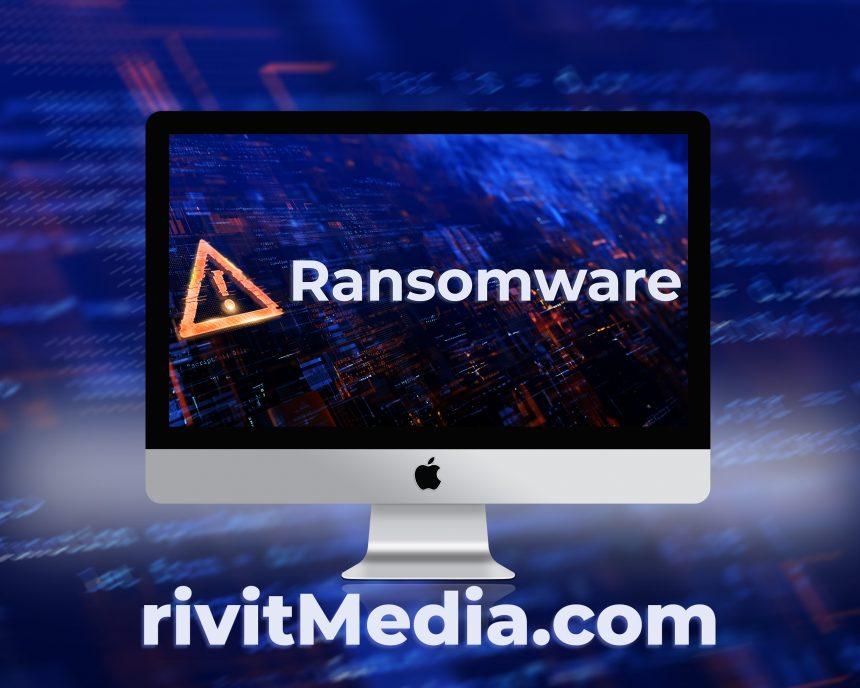Ransomware remains a significant concern for individuals and organizations alike. One such threat that has garnered attention is ShrinkLocker ransomware. This malicious software encrypts files on victims’ computers and demands a ransom for their decryption, causing significant disruption and potential data loss.
Actions and Consequences
Once ShrinkLocker infiltrates a system, it begins its nefarious operations by encrypting files, rendering them inaccessible to the user. It typically targets a wide range of file types, including documents, images, videos, and more, using strong encryption algorithms to lock them down securely. Following encryption, the ransomware displays a ransom note, often in the form of a text file or a pop-up window, demanding payment in exchange for the decryption key.
The consequences of a ShrinkLocker attack can be severe. Victims may lose access to critical data essential for personal or business operations. Moreover, the financial costs associated with paying the ransom, coupled with potential downtime and reputational damage, can be significant.
Detection Names and Similar Threats
ShrinkLocker ransomware may be detected by various antivirus and cybersecurity solutions under different names, including but not limited to:
- ShrinkLocker
- ShrinkLocker.Ransomware
- Trojan-Ransom.Win32.Shinigami
- Ransom:Win32/ShrinkLocker.A
Similar ransomware threats include notorious variants like WannaCry, Ryuk, and Maze, which have wreaked havoc on organizations worldwide with their destructive capabilities and extortion tactics.
Removal Guide
Removing ShrinkLocker ransomware from an infected system requires careful execution to ensure complete eradication. Here’s a comprehensive guide to removing ShrinkLocker ransomware manually:
- Enter Safe Mode: Restart the infected computer and enter Safe Mode to prevent the ransomware from loading.
- Identify Malicious Processes: Open Task Manager (Ctrl + Shift + Esc), and look for any suspicious processes running, especially those consuming high CPU or memory usage. Terminate any such processes.
- Delete Temporary Files: Delete temporary files by typing %temp% in the Windows search bar and pressing Enter. Delete all files in the temporary folder.
- Remove Registry Entries: Press Win + R, type regedit, and press Enter to open the Registry Editor. Navigate to the following registry keys and delete any suspicious entries related to ShrinkLocker:
- HKEY_CURRENT_USER\Software
- HKEY_LOCAL_MACHINE\Software
- HKEY_LOCAL_MACHINE\Software\Microsoft\Windows\CurrentVersion\Run
- HKEY_CURRENT_USER\Software\Microsoft\Windows\CurrentVersion\Run
- Caution: Modifying the registry can cause system instability if done incorrectly. Proceed with caution and consider backing up the registry before making any changes.
- Scan and Restore Files: Use a reputable antivirus or anti-malware tool to scan the system thoroughly and remove any remaining traces of ShrinkLocker. Once the ransomware is removed, attempt file restoration using backups or data recovery software.
Prevention Practices
Preventing future infections requires a proactive approach to cybersecurity. Here are some best practices to safeguard against ransomware attacks:
- Regular Backups: Maintain regular backups of important files and data to ensure they can be restored in the event of a ransomware attack.
- Update Software: Keep operating systems, software applications, and antivirus programs up to date with the latest security patches and updates to mitigate vulnerabilities.
- Exercise Caution: Avoid clicking on suspicious links, downloading attachments from unknown senders, or visiting untrusted websites to minimize the risk of malware infections.
- Enable Firewall: Activate firewalls on network routers and computers to monitor and control incoming and outgoing network traffic, blocking potential threats.
- Employee Training: Educate employees about cybersecurity best practices, including recognizing phishing attempts and exercising caution when handling email attachments or links.
By implementing these preventive measures and remaining vigilant against emerging threats like ShrinkLocker ransomware, individuals and organizations can enhance their cybersecurity posture and minimize the risk of falling victim to cyberattacks.





